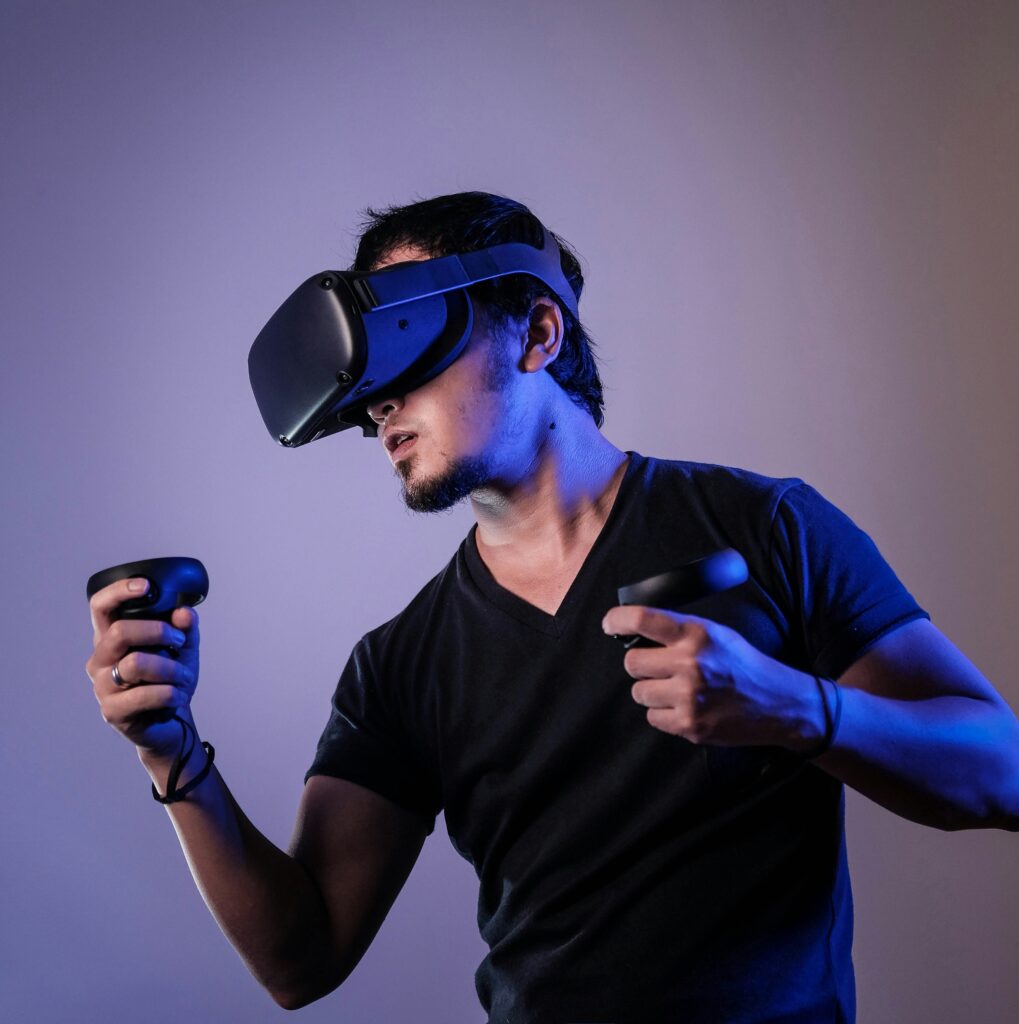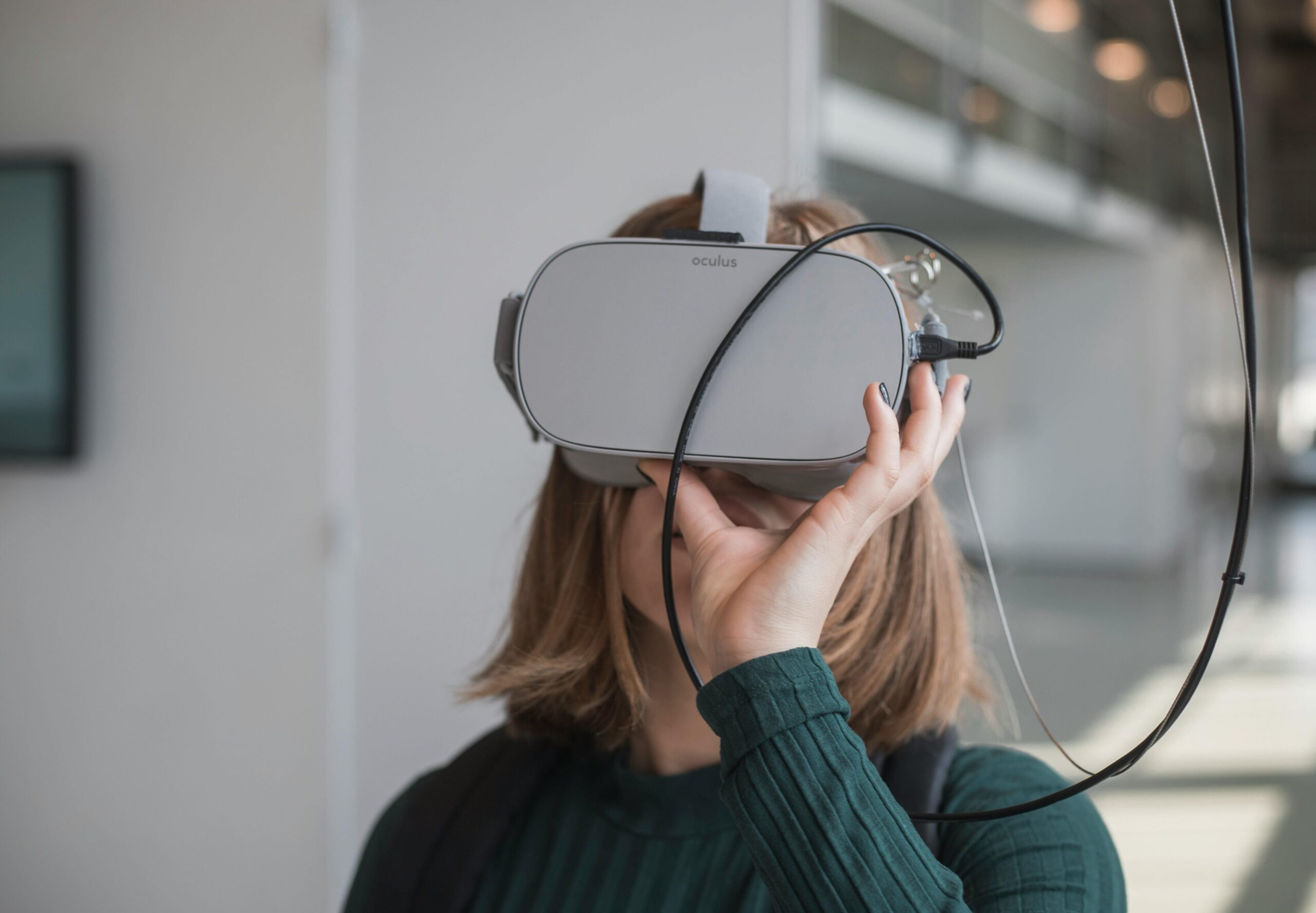From ten-hour loops of serene forest whispers to the tactile immersion of a VR sun-drenched beach, our quest to perfect a natural world within our minds and virtual spaces is growing.
Are we fleeing from reality or drawing it closer than ever? Is it a retreat or a reconnection?
Honestly, this exploration won’t provide a clear-cut answer. But it unfolds as a loose account of how and why this bitter-sweet and compensating way of connecting with nature, has surged in popularity – a narrative pieced together from varied insights and personal reflections on our digital age’s growing fascination with recreating the natural world.
|White Noise
It’s the latest Spotify buzz. The Guardian had already made a comparison in 2022: the lead track on Spotify’s “Rain Sounds” playlist, simply two minutes of rainfall, has already reached over 100 million plays. In contrast, Laura Mvula’s title track from her Ivor Novello-winning album, Pink Noise, counts merely 541,000 streams.
Anyone who’s grappled with anxiety, tinnitus, or depression will understand the relentless barrage of thoughts that seem impossible to tame. Trying to empty the mind is a silent battle that is doomed to failure. For me, it’s not about seeking silence but keeping my mind so fully occupied that no room is left for thoughts. White noise, with its steady, predictable hum, acts as the perfect cover.
We now have devoted noise technicians and a host of apps and websites, like Noisli, that let you mix and match sounds. Just like a DJ, you can blend different audio layers to create your preferred ambiance – from a crackling fireplace soundtrack with a distant thunderstorm, to the gentle murmur of a brook with the soft chirping of dusk crickets – crafting a personalised 3D auditory and mental space.
|Sleepcasts
Sleepcasts takes the act of creating immersive scenes in your mind’s eye one step further. These bedtime podcasts guide your imagination through soothingly narrated stories set amidst nature, intertwined with vivid soundscapes – think a beach adventure with seagulls calling, waves crashing, footsteps on sand.
This way, they create an auditory environment that not only occupies space but unfolds over time.
Sleepcasts have found their niche as a staple in many self-help and sleep-aid programs. For instance, Headspace, a leading app in the self-care category and winner of the 2023 Apple Store Design Awards, features a dedicated section for these auditory adventures at the top of the screen, and even designated stories for children.
|AI Generated Urban Nature Video Soundscapes
The experience is further elevated by adding videos. A popular visualisation you might encounter places you inside a plush room, with windows directly opening to lush rainforest, a glowing sea, or a blanket of falling snow. Pairing with soundscapes, they offer to fulfil dual fantasies: a luxury of city living and the tranquillity of a natural retreat.
Remarkably, many of these visuals are so lifelike that it’s easy to forget a significant number are generated by AI.
This trend spans across platforms from YouTube, where widescreen videos loop for hours fostering a sense of companionship in the comments, to TikTok feeds, where users momentarily pause their endless scrolling for a dose of virtual nature, before carrying on.
|360-degree nature videos
When the world hit pause during COVID, 360-degree nature videos burst onto the scene.
These immersive creations allow viewers to explore a panoramic view of natural settings simply by dragging their screen, from the Amazon rainforest to the icy plains of Antarctica
Publications worldwide spotlighted the soaring compensatory phenomenon.
As we found ourselves yearning for a touch of the natural world, channels like ECOVR, founded in 2015, skyrocketed in popularity. One of their videos soared to 7.33 million views, with comments from three years back still echoing: @yangianelli459’s “The best video for watching in this quarantine”.
The spaces in our real lives grow increasingly cramped. Online, our territories are steadily expanding.
|VR nature

The enthusiasm for virtual reality nature experiences didn’t wane post-pandemic; rather, it surged alongside the rapid development of VR technology. Now, VR headsets are incorporating the third piece of the sensory puzzle: touch.
Donning the goggles and grasping the controllers, you can wander through centuries-old forests, feeling the tactile sensations transmitted through the controllers.
This advancement has opened up new avenues for the clinical use of VR in treating mental health issues and elderly care, with numerous studies underscoring its effectiveness.
However, University of Washington psychology professor and director of the Human Interaction With Nature and Technological Systems Lab, Peter Kahn, cautioned in a 2017 interview with Quartz that the benefits we derive from digital nature heavily depend on whether we have firsthand background knowledge of what we’re viewing.
